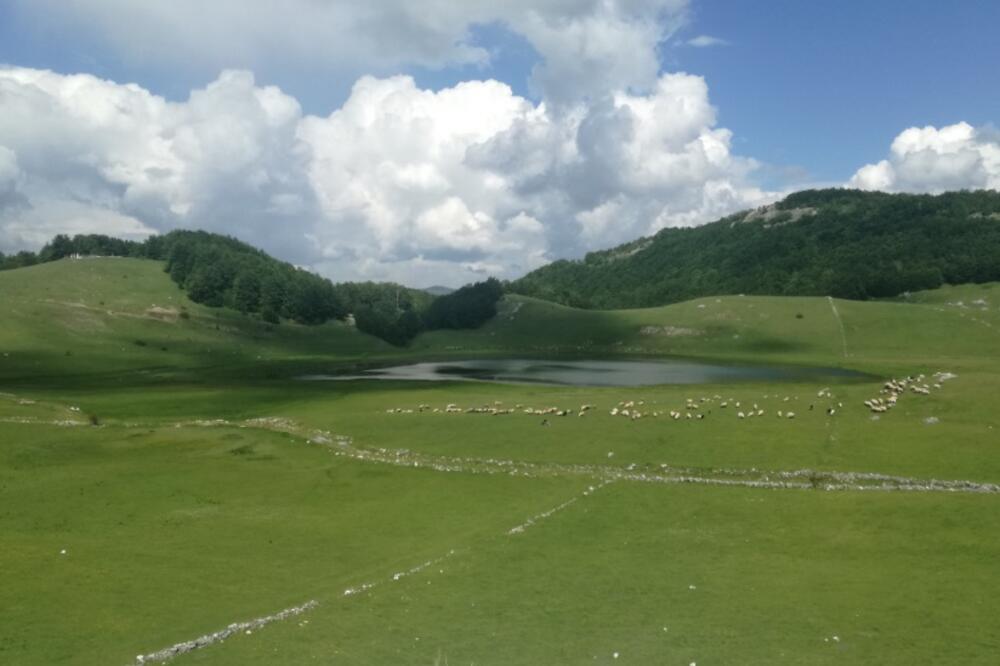A third of the glaciers in places on the UN World Heritage List will melt within three decades, according to a report by UNESCO, the UN agency for education, science and culture.
The last glaciers of Mount Kilimanjaro will disappear, as well as glaciers in the Alps and Yosemite National Park in the USA.
Durmitor in Montenegro is also threatened.
They will melt regardless of all the announced moves in the fight against climate change, say the authors.
The report, based on satellite data, comes as world leaders prepare for next week's COP27 climate change conference in Egypt.
- Are record high October temperatures across Europe a "look into the climate future"
- How to interpret the clock that ticks the time until "doomsday"
- Climate change seriously endangers health - a new study by experts
So far, about 18.600 glaciers have been identified at 50 locations on the UN World Heritage List.
They represent almost 10 percent of the surface area of glaciers on Earth, and include famous tourist spots as well as places that are sacred to the local population.
The retreat and disappearance of glaciers "is one of the most dramatic pieces of evidence that the Earth's climate is warming," the report said.
"We hope we may be wrong, but this is an exact science," says one of the project's authors, Tales Carvalho Resende from UNESCO.
"Glaciers are one of the visible indicators of climate change. On them, we really see what's going on."
The remaining two-thirds of glaciers at UN World Heritage sites could be saved, but only if the world limits global warming to 1,5 degrees Celsius, the authors say.
Another UN report last week found that the world currently has "no credible path" to achieving this.
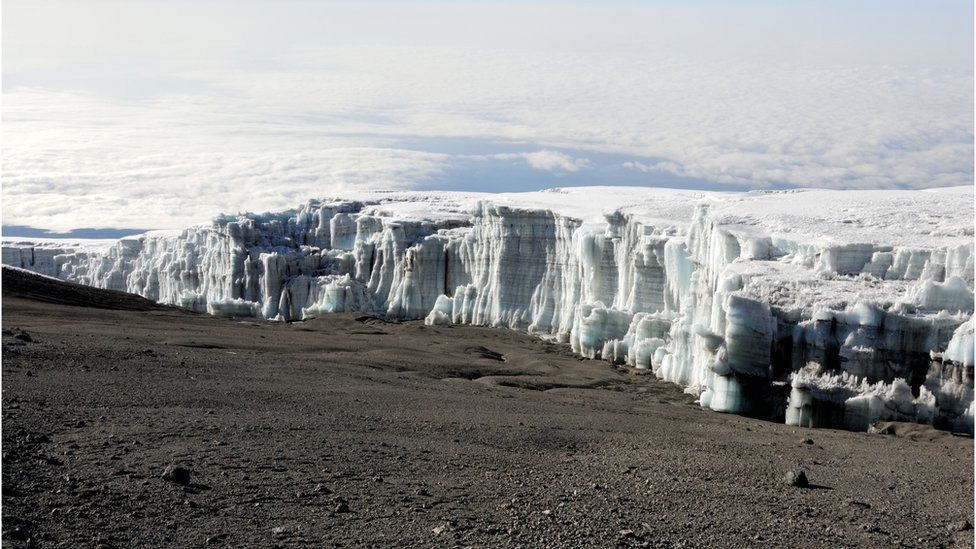
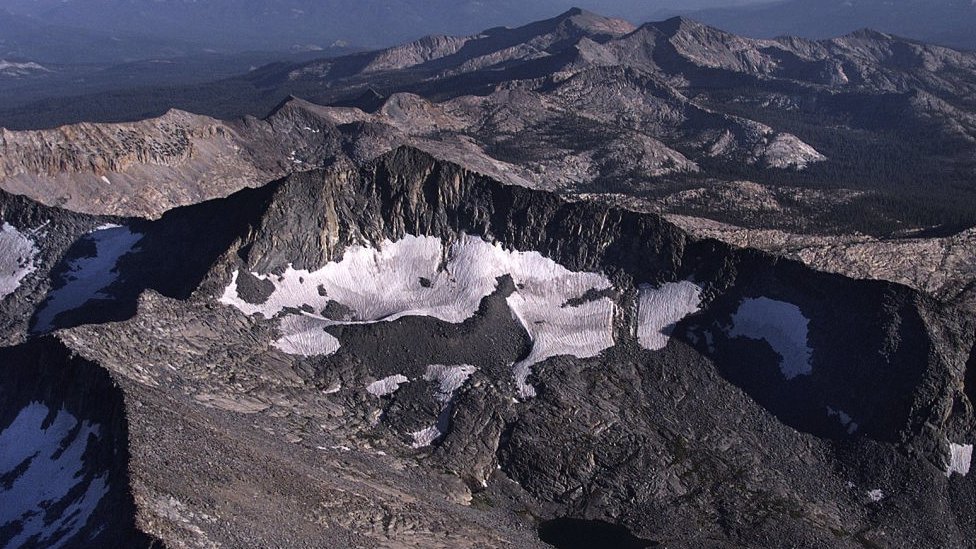
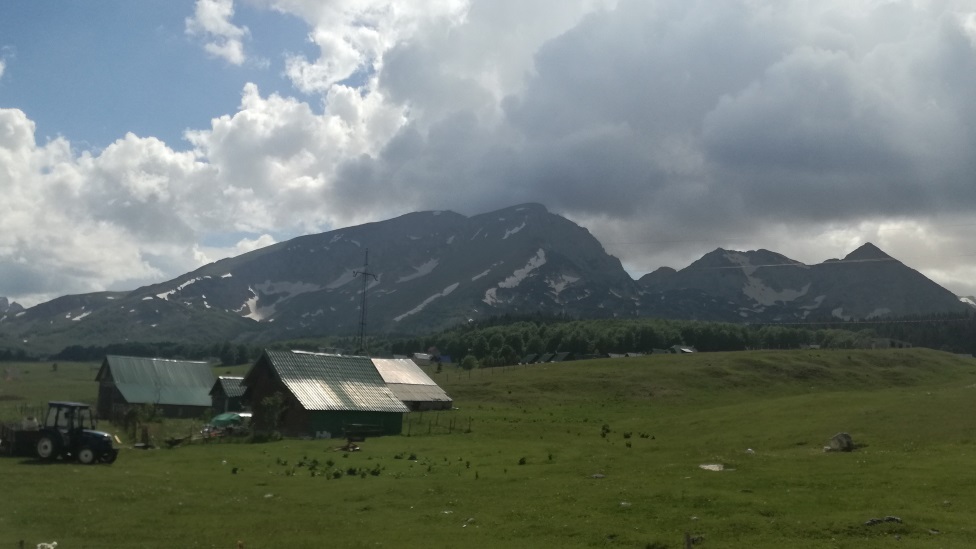
The projections build on a previous report, which used models to calculate how the World Heritage's glaciers will change over time.
"What hasn't been seen in the historical record so far is how fast it's happening," said Beata Xato, a glaciologist at the University at Buffalo who was not involved in the research.
"In the mid-1900s, the glaciers were pretty stable," she said.
"Then there's this incredibly rapid withdrawal."
World Heritage Sites listed as having glaciers that will disappear by 2050:
- Hyrcanian Forests (Iran)
- Durmitor National Park (Montenegro)
- Virunga National Park (Democratic Republic of the Congo)
- Huanlong District (China)
- Yellowstone National Park (United States)
- Mount Kenya National Park/Natural Forest (Kenya)
- Pyrenees Mont Perdu (France, Spain)
- Rwenzori Mountain National Park (Uganda)
- Putorana Plateau (Russia)
- Arena Sardona (Switzerland)
- Nahani National Park (Canada)
- Lorenz National Park (Indonesia)
- Natural system of the Wrangel Island Reserve (Russia)
- Kilimanjaro National Park (Tanzania)
- Yosemite National Park (United States)
- Dolomites (Italy)
- Komi virgin forests (Russia)
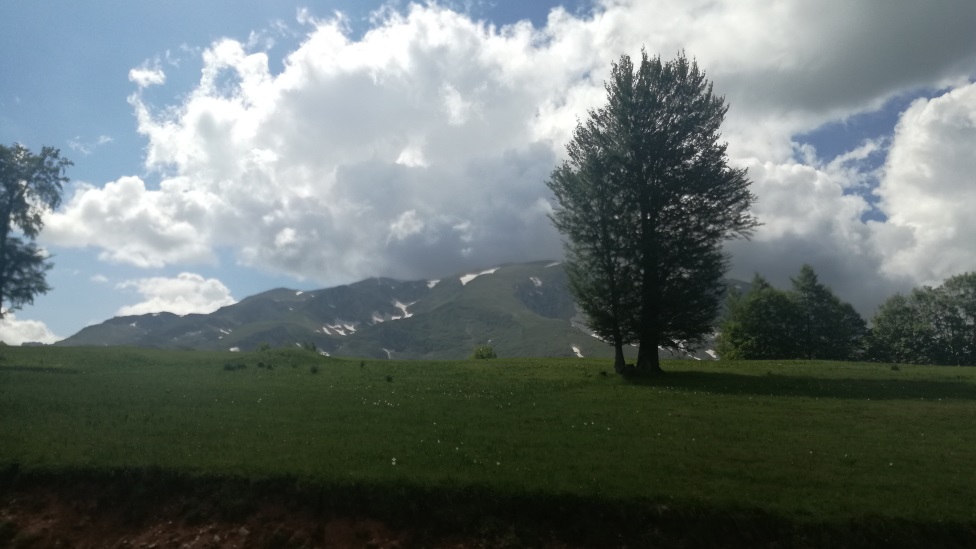

The report states that ice loss at World Heritage sites may have caused up to 4,5 percent of observed global sea level rise between 2000 and 2020.
These glaciers lose 58 billion tonnes of ice each year - equivalent to the total annual water used in France and Spain combined.
Many people also depend on glaciers as a source of water for domestic use and agriculture, and their loss could lead to fresh water shortages during dry seasons, says Professor Duncan Quincy, a glaciology expert at the University of Leeds, who was not involved in the research.
"It creates a food safety issue because they were using that water to irrigate crops," Quincy said.
- Glaciers in the world are melting rapidly
- "It will crack like a windshield" - dramatic changes in glaciers in Antarctica
- A danger from the Himalayas that no one follows
Local communities and indigenous populations will bear the brunt of floods caused by glacier loss, the report's authors say, calling for early warning systems and disaster risk reduction.
However, the most obvious thing we need to do is limit global warming.
"There is a message of hope hidden here," said Carvalho Rezende.
"If we manage to drastically reduce emissions, we will be able to preserve most of these glaciers.
"This is really a call to action at every level — not just at the political level, but at our level as human beings."
Watch the video: How fast the "Doomsday" glacier is melting
Follow us on Facebook,Twitter i Viber. If you have a topic proposal for us, contact us at bbcnasrpskom@bbc.co.uk
Bonus video:



